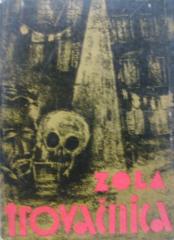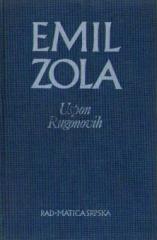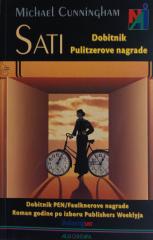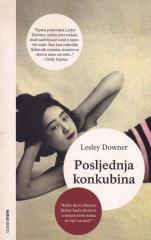
Therese Raquin
Roman Tereza Rakin, napisan 1867. godine, prvi je književni uspeh francuskog autora Emila Zole i ujedno prvi naturalistički roman.
Emil Zola se smatra začetnikom naturalizma, perioda koji bi se grubo mogao ograničiti na period između 1870. i 1890. godine. Naturalizam je književni pravac koji nastavlja realizam i još detaljnije i doslednije prikazuje vidljivu stvarnost i ljudsku prirodu. Prema naturalističkom shvatanju, čoveka određuju tri stvari: njegovo nasleđe, okruženje i trenutak (tj. okolnosti u kojima se nalazi). Upravo je ovo naturalističko gledište Zola dosledno primenjivao u svom delu, opisujući surovu stvarnost i događaje koji se vrte oko dva lika koji su potpuno ovladani svojim životinjskim instinktima i na kraju uništeni njima.
Ova jedinstvena priča, isprepletena lažima, strašću, preljubom, zločinima, ubistvima i nasiljem, proslavila je mladog Zolu i podigla njegovu reputaciju na viši nivo i zaintrigirala određenu grupu čitalaca, ali je istovremeno izazvala ogorčenje njegovih savremenika, pre svega zbog njegovog predmeta, a zatim i zbog načina na koji je predstavljen.
Zola je, pošto je dobio mnoge uvrede na račun svog dela, branio se dodavanjem predgovora drugom izdanju romana (koje se smatra svojevrsnim manifestom samog prirodnjačkog pokreta), čime je branio i razjasnio glavne ideje koje su da dođe u ovom romanu, s obzirom da su ga kritičari pogrešno protumačili:
„U Therese Rakuin sam želeo da proučavam temperamente, a ne karaktere. O tome je cela knjiga. Izabrao sam likove kojima suvereno vladaju njihovi živci i njihova krv, pa su lišeni svakog dara slobodnog rasuđivanja i u svakom činu svog života vođeni su zlom sudbinom svog puta. Tereza i Loran su ljudske životinje i ništa više."
Nema primeraka u ponudi
Poslednji primerak je nedavno prodat.





